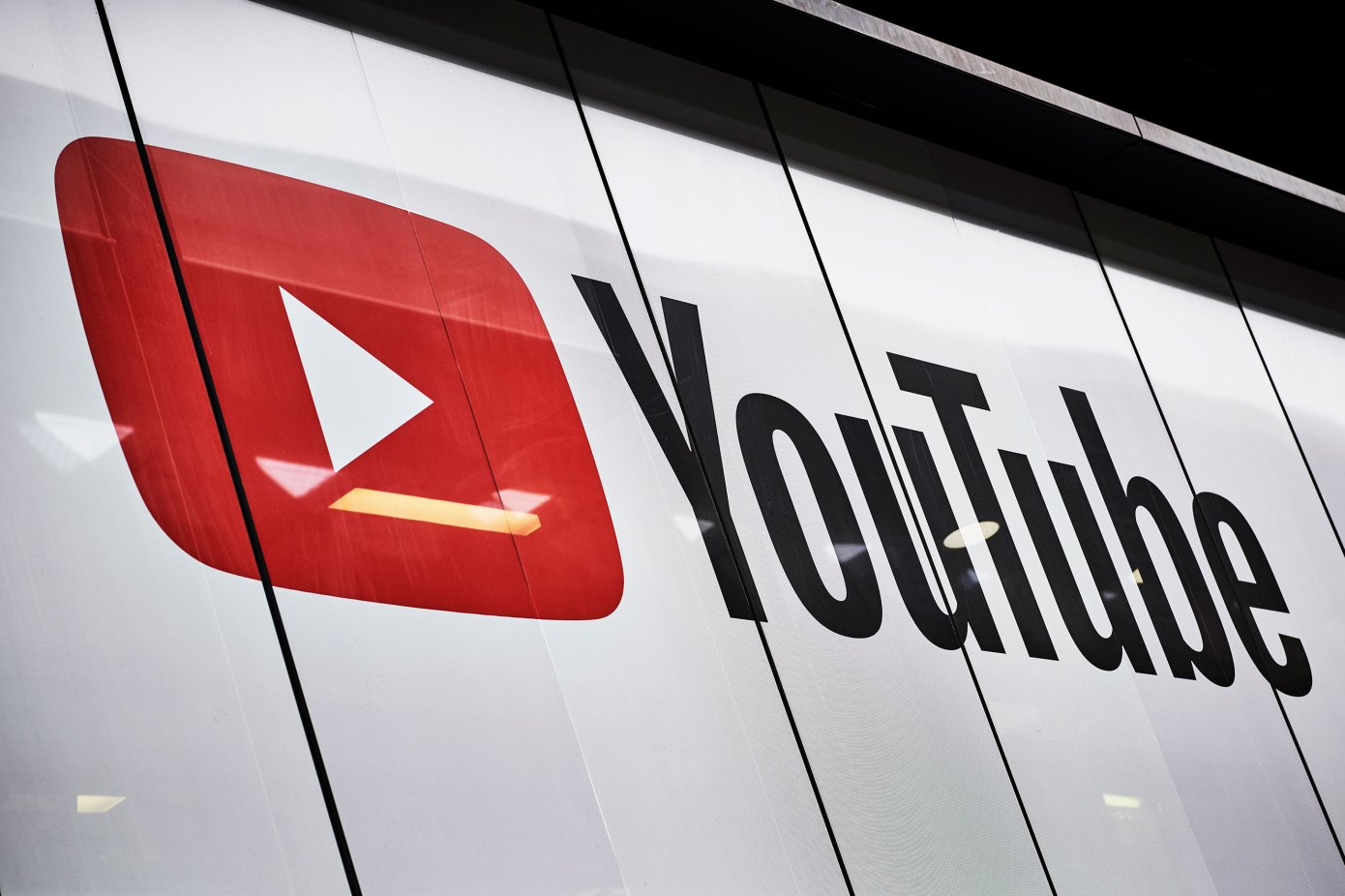YouTube Adapts Policies to Navigate the Influx of AI-Generated Videos
In a recent announcement, YouTube has outlined its approach to managing AI-created content on its platform through a series of new policies, particularly focusing on responsible disclosure and tools for reporting deepfakes. While the platform already prohibits manipulated media, the rise of AI has prompted the introduction of additional policies due to its potential to mislead viewers by creating videos that seem genuine.

YouTube creators will now be required to disclose when they've produced altered or synthetic content that appears realistic, a move aimed at providing viewers with context when engaging with such content. This disclosure obligation applies to videos depicting events that never occurred or individuals saying and doing things they never did, ensuring transparency, especially in discussions on sensitive topics like elections or conflicts.

Image Credits: YouTube
YouTube's foray into AI-generated content includes the upcoming launch of Dream Screen, a generative AI feature allowing users to create AI-generated video or image backgrounds. To maintain transparency, all of YouTube's generative AI products will be automatically labeled as altered or synthetic.
Creators failing to consistently disclose their use of AI may face consequences such as content removal, suspension from the YouTube Partner Program, or other penalties. The platform emphasizes collaboration with creators to ensure understanding of these requirements before going live. Notably, AI content, even if labeled, may be removed if it involves "realistic violence" meant to shock or disgust viewers.

Image Credits: YouTube
The company's approach raises concerns about potential misinformation spread, especially if YouTube takes a lenient stance on AI content, allowing creators to make mistakes without clear consequences. While YouTube has softened its strike policy, the extent to which AI disclosure rules can be broken before punitive actions are taken remains unclear.
Other significant changes include the introduction of a tool allowing any YouTube user to request the removal of AI-generated or synthetic content that simulates an identifiable individual, including deepfakes. Additionally, music partners can request the removal of AI-generated music imitating an artist's voice, paving the way for a system to compensate artists and rightsholders for AI music in the future.

Image Credits: YouTube
Despite these measures, YouTube acknowledges the evolving nature of bad actors attempting to bypass rules and commits to adapting its protections and policies based on user feedback. The platform sees its exploration of generative AI as the beginning of a journey to unlock new forms of innovation and creativity while prioritizing the safety of its community.








